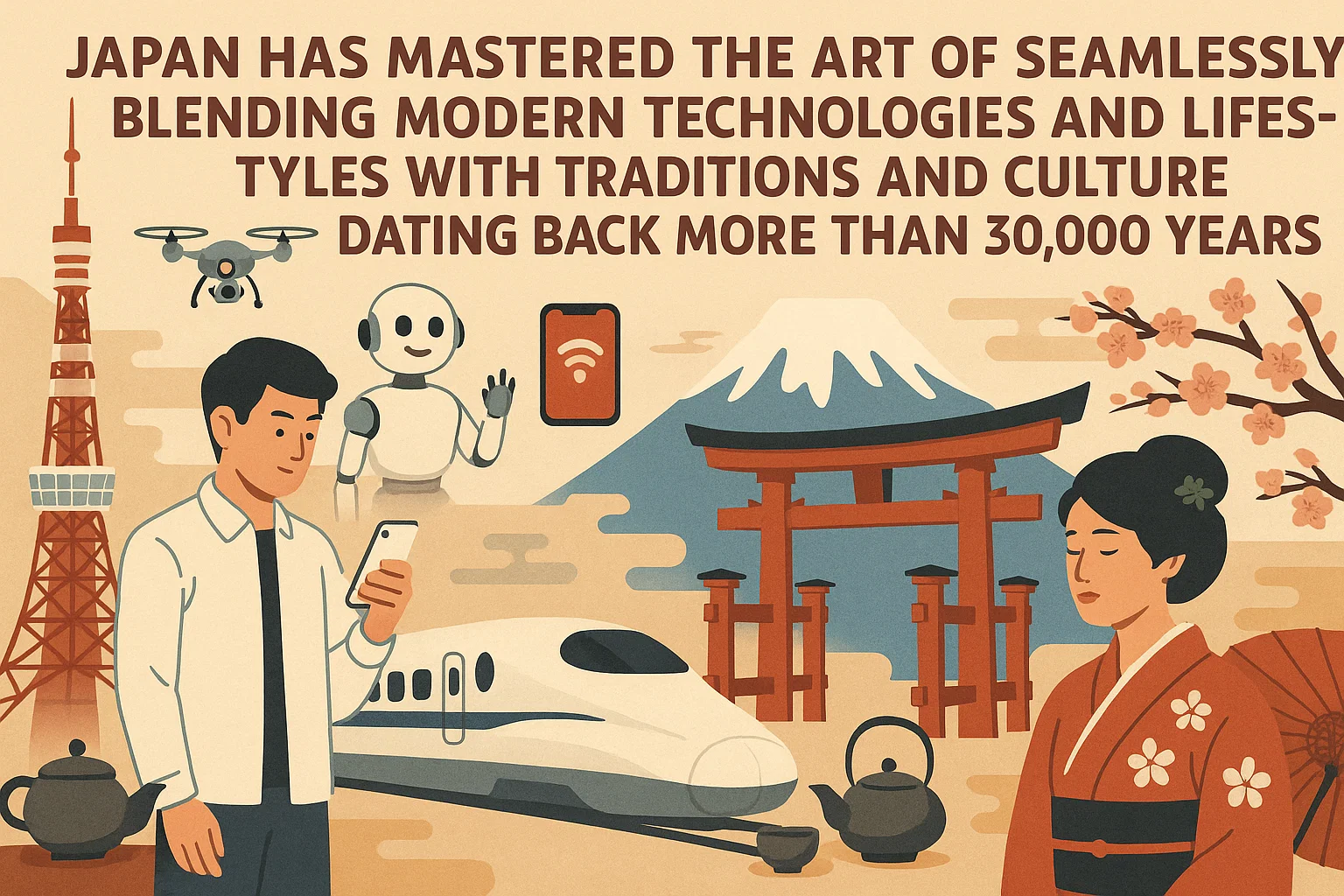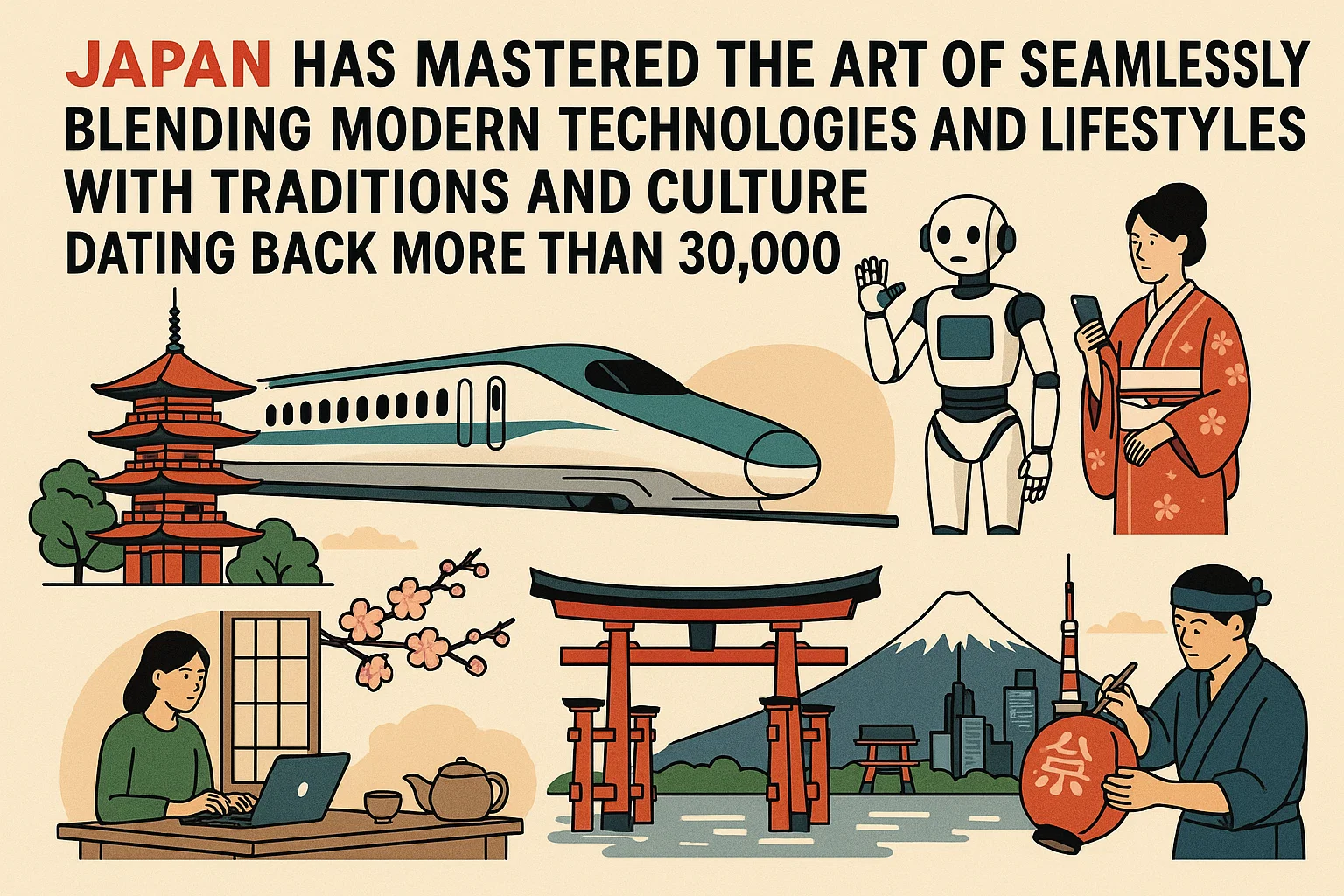Japan Has Mastered the Art of Seamlessly Blending Modern Technologies and Lifestyles with Traditions and Culture Dating Back More Than 30,000 Years

Japan Has Mastered the Art of Seamlessly Blending Modern Technologies and Lifestyles with Traditions and Culture Dating Back More Than 30,000 Years
One way this culture is upheld is through the architecture of their homes, which reflect values that continue to guide the country. What are Japanese Houses Called? Traditional Japanese homes are called minka, and are often what people picture when they think of a Japanese-style house. This includes tatami flooring, sliding doors, and wooden verandas circling the home. Additionally, there is minimal furniture; tables are low to the ground, and chairs and beds are often nonexistent. While modern homes vary greatly, a consistency throughout Japanese architecture is the idea of “form following function,” making houses highly efficient without requiring as much space as typical Western homes.
Involvement of Nature
Traditional Japanese architecture highlights nature in the immediate area. In traditional homes, almost every room opens to the outdoor garden, due to the wraparound veranda, or engawa, that serves as a primary hallway. Sliding doors called shōji—wooden lattice frames with thin paper, wicker, or cloth screens—are intentionally thin to provide privacy without blocking sunlight. The porous materials help with airflow and humidity control.
To embrace a minka-inspired aesthetic, incorporate large windows with thin curtains for light and airflow. Balconies for upstairs bedrooms also bring the outdoors in. For simpler modifications, add plants or nature-themed wall décor. Opt for one or two simple plants to avoid overwhelming the space, as minimalism and color balance are key to Japanese design.
Minimalism
Minimalism in Japanese culture is a sustainable way of life, focusing on creating an organized and comforting home. When designing a home, prioritize efficiency by reducing spaces where clutter can accumulate. For example, ask: Do you need three linen closets or a butler’s pantry? Downsizing material possessions—whether by season, room, or all at once—can help maintain a chaos-free environment.
Color
Traditional Japanese homes use a neutral palette: browns from tatami flooring and wooden beams, whites, and blacks. Natural materials ensure homes reflect the surrounding landscape. Plants, such as ikebana arrangements in tokonoma alcoves, emphasize bright greens over colorful flowers. Outdoor gardens feature reds, pinks, and whites through azaleas, cherry blossoms, or sculpted niwaki trees.
Incorporate browns through exposed beams, window panes, or hardwood floors, avoiding large monochromatic areas. Add greenery with bamboo, bonsai, or philodendron plants for a natural yet minimalist vibe.
Low-to-the-Ground Furniture
Traditional Japanese homes use low-profile furniture, such as zabuton cushions and chabudai tables, designed for sitting or sleeping on tatami floors. Lowered couches and tables in neutral wooden tones maintain clean lines and prevent overcrowding.
Create Your Peace
Japanese architecture prioritizes tranquility. Maximize natural light and scenic views, declutter spaces, and simplify color palettes. Consider a meditation room with tatami flooring, natural light, and low seating inspired by Zen principles.
Ready to craft your dream home? Explore listings at Pre-ConstructionHomes.com.




